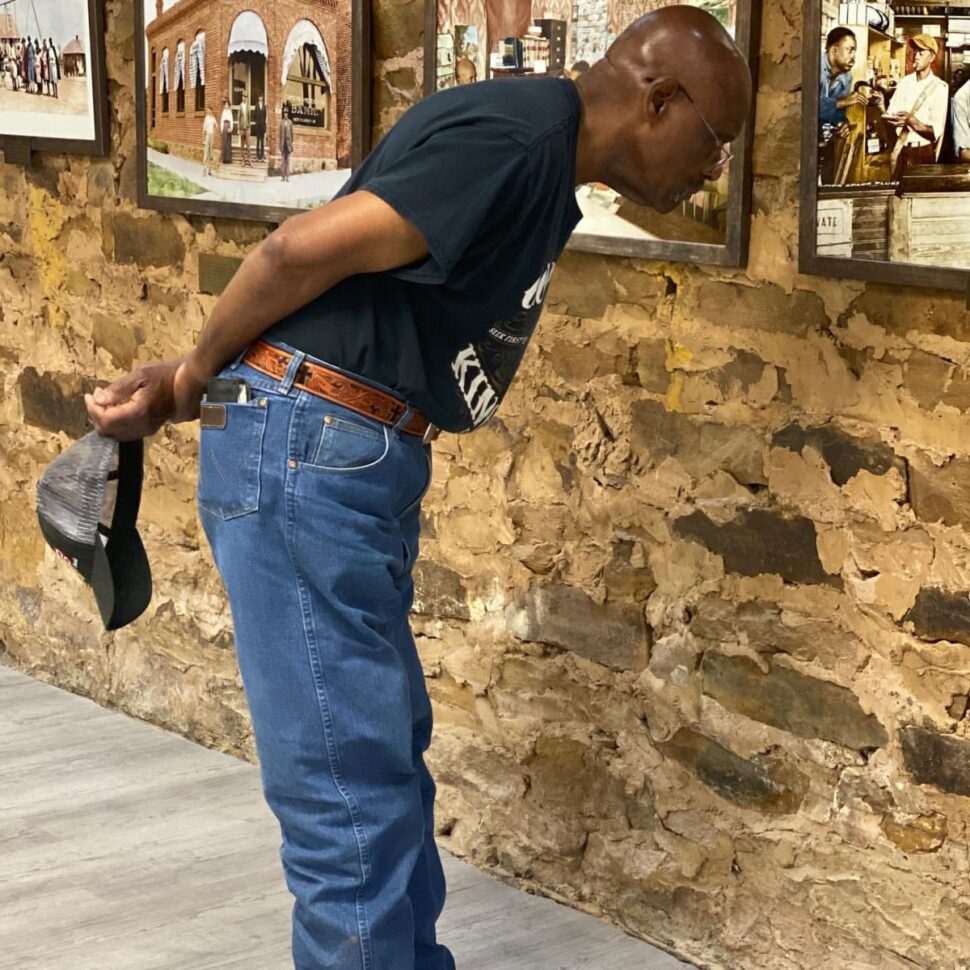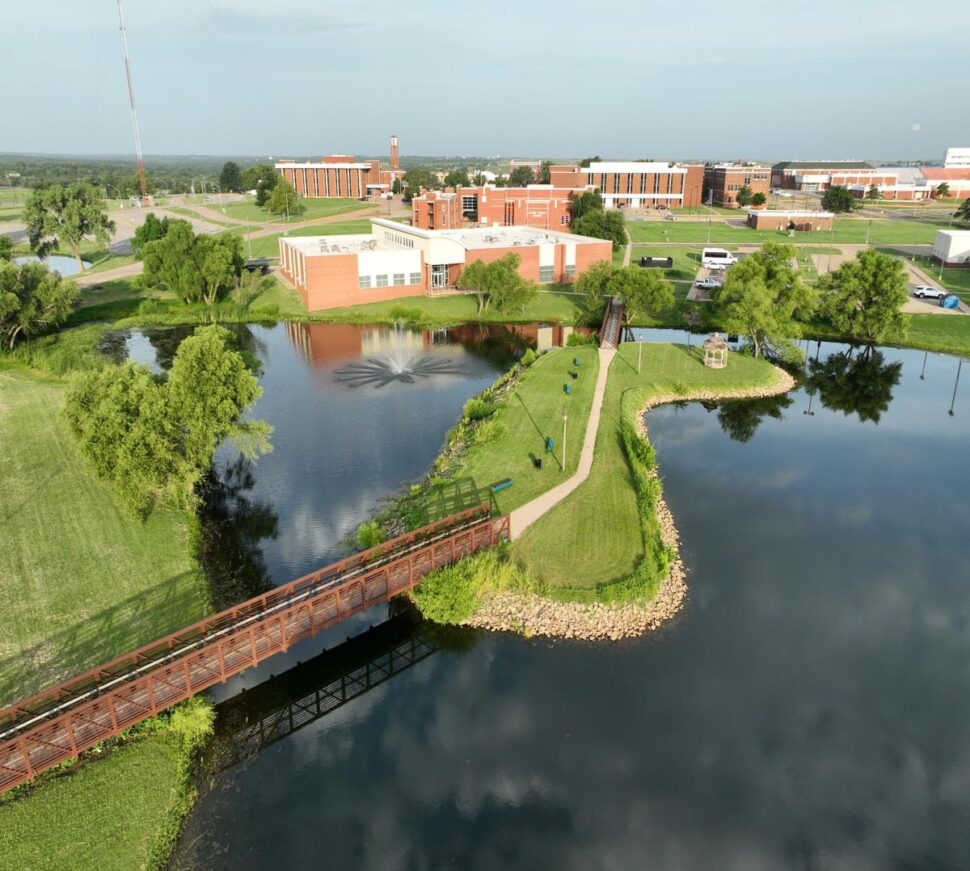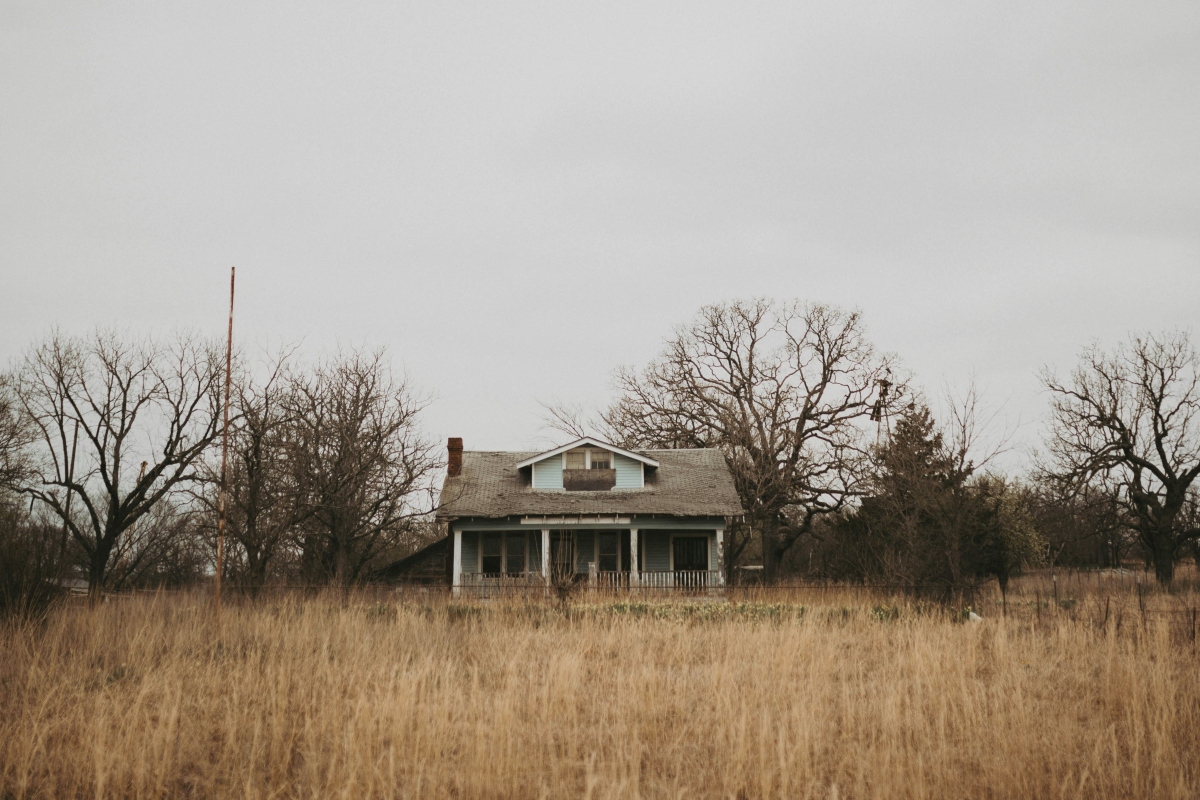As the wind whispers through the vast prairies of Oklahoma, it carries with it the echoes of a remarkable chapter in American history. Within this southern state are the remnants of once-thriving communities known as the All-Black towns. Founded by African Americans seeking freedom and prosperity in the late 19th century, these towns flourished for a time but faced numerous challenges and transformations over the decades.
The Birth of All-Black Towns
Looking back, the Emancipation Proclamation and the end of the Civil War brought a glimmer of hope to Black Americans after suffering under the yoke of slavery and discrimination. Eager to escape the oppression of the post-Civil War South, many sought refuge in the newly opened Oklahoma Territory. Here, they could build their own communities free from racial violence and injustice.
The late 19th and early 20th centuries witnessed the birth of numerous All-Black towns, each with its unique character and story. Boley, Tullahassee, Langston, and Taft are among the most well-known. These towns’ history exemplifies the human spirit’s incredible resilience and resolve.
Boom and Bust
The All-Black towns thrived during their early years. Residents established schools, churches, businesses, and their local governments. Boley, in particular, gained recognition as the “Flagship of the All-Black Towns” and became a hub of economic and cultural activity.
However, these communities faced economic challenges that impacted their fortunes. Reliant on agriculture, they suffered when the Great Depression and changing farming practices took their toll. The decline of cotton production, in particular, hit many All-Black towns hard, as it was a significant source of income.

Additionally, these towns faced the insidious barrier of white distrust, a pervasive force that limited their growth and potential. White-owned banks and businesses were often reluctant to invest in or engage with All-Black towns. This economic isolation hindered the towns’ development and expansion of enterprises.
Economic Challenges and Limited Resources
The opposition of white landowners made it difficult for all-Black municipalities to expand their land holdings beyond their immediate borders. This stunted their expansion in both territory and economic opportunities. Jim Crow laws, among others, severely limited the liberties and rights of African Americans, and they also encountered a great deal of discriminatory legislation. These laws not only perpetuated racial segregation but also undermined the potential for growth in All-Black towns.
On top of that, resources such as transportation and utilities were frequently inequitably distributed. All-Black towns encountered difficulties achieving the same degree of infrastructural development as nearby white ones. And it was common for African Americans in mostly Black areas to be excluded from political participation. This made it harder for them to have an impact on community-beneficial policymaking.
In turn, the economic difficulties caused by white mistrust and prejudice greatly impacted the expansion of predominantly Black towns. Despite early success in agriculture and entrepreneurialism, these settlements eventually fell behind white neighboring towns that could more easily access various resources.
Integration and Urbanization
The mid-twentieth century saw significant shifts in America’s racial landscape. The civil rights movement ended racial segregation, offering African Americans more possibilities in major cities. This huge societal upheaval drove some people to leave All-Black communities in quest of better educational and employment opportunities.
Urbanization also played a role in the towns’ decline. As people across the nation migrated to cities for work and education, the allure of small rural communities diminished. Younger generations sought a life beyond the prairies, contributing to a decline in population and a struggle to maintain essential infrastructure and services.
Legacy and Resilience
Despite the challenges and changes, the spirit of these All-Black towns endured. Boley, for instance, continues to exist and celebrate its unique history. The annual Boley Rodeo and BBQ Festival is a testament to the lasting legacy of the town. The festival draws visitors from all corners of the country to celebrate the community’s resilience. Plus, the Boley Historical Museum takes visitors on a journey through time, showcasing artifacts, photographs, and documents illuminating the town’s rich history.

Similarly, Langston, home to the historically black Langston University, proudly embraces its heritage. Visitors can explore the campus and learn about the university’s vital role in educating African American students during a time when opportunities for higher education were scarce. The Langston University Museum also houses an extensive collection of artifacts and exhibits highlighting the university’s contributions to the community and the nation.
To truly understand the history and significance of these towns, it’s essential to look into their past through the lens of those who lived there. Museums, historical markers, and local historians play a pivotal role in preserving and sharing the stories of these communities. While some towns have faded into memory, others, like Boley and Langston, continue to thrive and celebrate their unique heritage.
